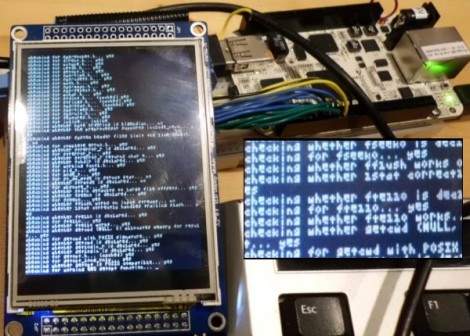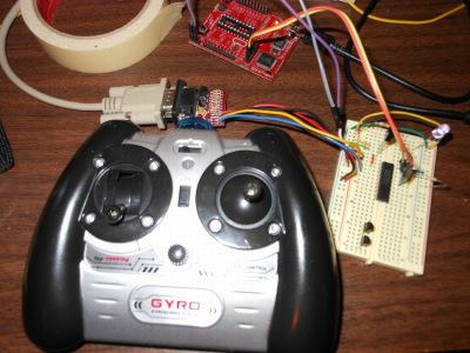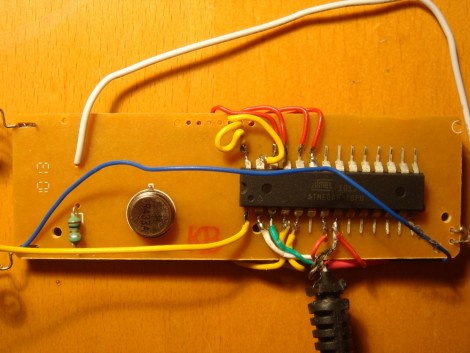
[Christina] has been working on a project she calls Magenta to put Darwin/BSD on top of Linux. What does that mean? Well, hopefully it’s the first step towards running iPhone/iPad apps on a Linux machine.
Before you get too excited, there are a few caveats; Magenta only works on ARMv7 platforms, none of the fancy iOS frameworks are included, and it’s currently impossible to run iOS apps with this build. Think of this project as a very, very early version of Wine. If you’d like to take Magenta for a spin, [Christina] put the source up here.
Although [Christina]’s project is entirely useless for anyone wanting Siri on their Android phone, it’s possible to add all those fancy iOS frameworks to Magenta and create an open source OS able to run iPhone apps.
We really have to admire [Christina]’s work on this. It’s an amazingly impressive project, and her final goal of recreating the iOS stack would be a boon to the jailbreaking scene. Cue the sound of millions of iPhone clones marching out of China…
via [OleRazzleDazzle] on the reddits
















